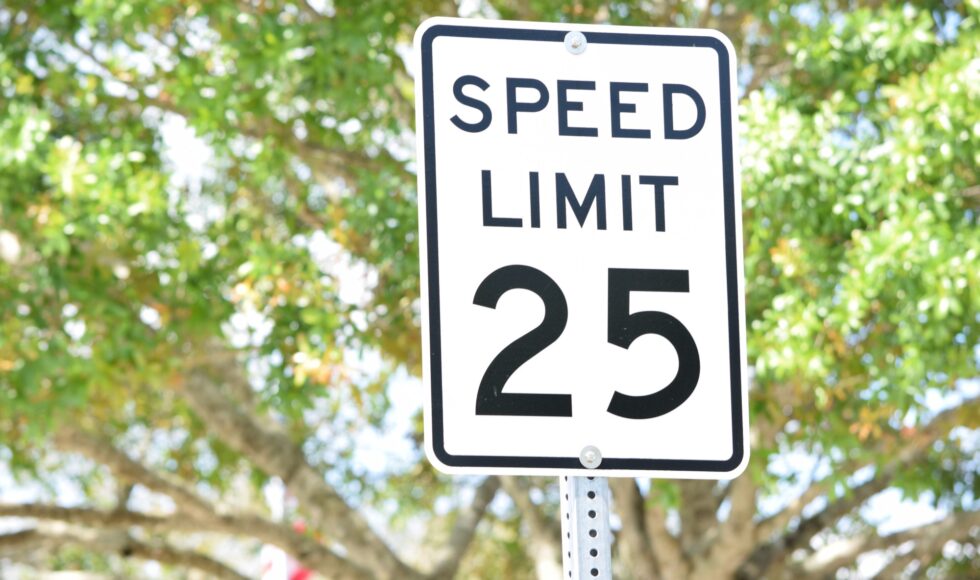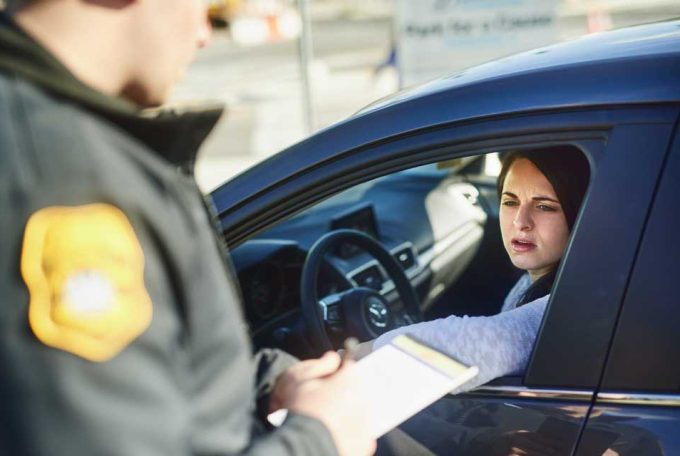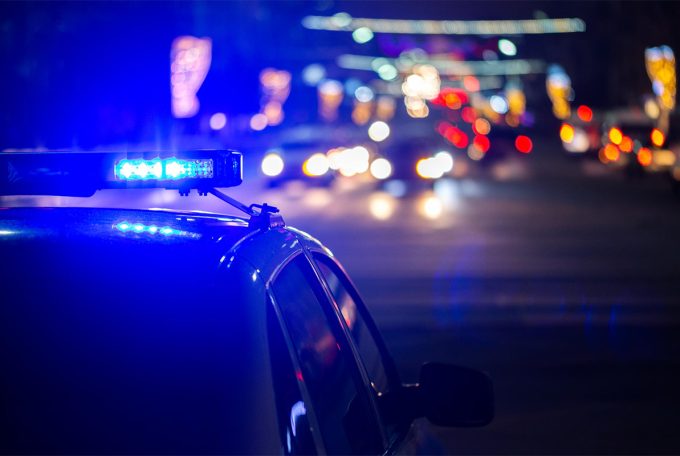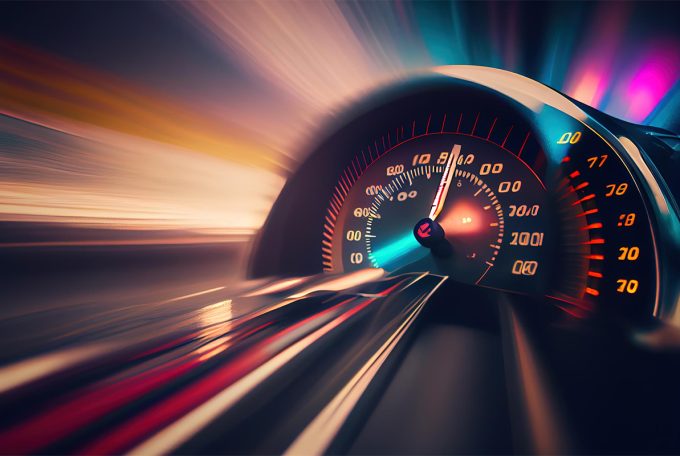We’ve all been there: you’re running late, you’re trying to get out of traffic, or you’re simply ready to be home already. Whatever the reason, it’s easy to let that speedometer edge over the legal speed, ticking upward an extra ten or even twenty miles per hour.
But with almost one in six Americans caught speeding every day, it’s worth thinking twice before you give in to temptation! Rather than paying toward your city’s yearly budget—and maybe causing an accident to boot—it’s better to slow down.
If you tend to have a lead foot when you drive, especially if you’re not great at reminding yourself to slow down, we’ve got a guide to help. Keep reading for a few effective ways to stay on top of Louisiana’s legal speed limits.
1. Know the Route
Want to stay on the good side of Louisiana speeding laws? The best way is to know your route in advance, including the legal speed limits throughout the area you’ll be driving.
In general, the maximum speed limit in Louisiana is 75 miles per hour on interstates and controlled-access highways, or 65 miles per hour on a divided multi-lane highway. However, the local speed limit should be posted on the road where you plan to drive. Know the area’s speeding limits, and be prepared to follow them.
2. Give Yourself More Time
Feel like you’re always in a mad rush to your destination? The temptation to speed is never greater than when you feel you’re running late.
Avoid putting yourself in a situation where you feel pressured to drive quickly to make up for the lost time. Set alarms on your phone for when you need to leave or try other steps to rethink your approach and habits when it comes to punctuality.
3. Watch the Speedometer
Try to get into the habit of watching your speedometer. This, of course, can be easier said than done—but it can help you adjust your speed on the go. The act of looking down forces you to stay engaged with your driving, though you should make sure your glances are quick enough to get your eyes back on the road where they belong.
If you’re not great at checking your speedometer, try downloading an app to help. Free navigation apps like Waze can not only help you find routes with less traffic but also monitor your speed and offer audio notifications when you’re going too fast.
4. Use Cruise Control
If you’ll be driving a long way on the open road, try opting for cruise control.
This can ensure that your car automatically stays at the proper speed limit, taking away some of the temptation to periodically accelerate a few miles over the speed limit.
5. Try a Radar Detector
Radar detectors are designed to warn a driver when to slow down. Designed to tell you when the police are monitoring drivers with their radar guns, a radar detector will offer an audio alert that reminds you to reduce your speed. This makes it a great tool if you need an extra reminder to monitor your speed, and it can also help you avoid getting a speeding ticket!
However, for some drivers, radar detectors only encourage bad habits by allowing you to slow down only in areas around radar monitoring. If this sounds like something you might be tempted to do, it may be best to avoid this option.
5. Walk or Ride Your Bike
Walking or riding your bike can help you curb an out-of-control speeding habit, and they’re also great for your body, the environment, and your wallet. Of course, your ability to opt for physical exercise over driving depends on the distance you need to move.
However, a good rule of thumb may be to walk or ride your bike to any place that’s a driving distance of five minutes or less.
6. Drive a Manual
Some people find it easier to speed in an automatic car, as less thought goes into the gear changes. With a manual car, however, you’ll have to change the gears yourself—which means you’ll be more conscious of the fact that you’re accelerating. This can make it easier to monitor your own speed and be more aware of the way you drive.
7. Hand Over the Keys
When it’s difficult to keep your speeding in check—or when it drains your mental focus to watch your speedometer—don’t forget that you may sometimes have the option to be chauffeured! When you’re headed somewhere with a friend or family member in tow, consider giving them the keys and riding as a passenger.
This is also a good option if other options have failed you, or if you need a “cooling off” period after receiving another speeding ticket.
8. Channel That Energy
Do you find yourself speeding because you love the ability to thread through tight spaces and race over asphalt? If so, you might want to consider a new hobby to get you the adrenaline you seek!
Try playing the racing on your video game console instead of in real life, or grab some friends and head to a go-cart track. Take up autocross, jump on a dirt bike or ATV, or try a new sport. Finding your adrenaline rush elsewhere may help you feel a little calmer when you’re back in your car.
Learn to Drive the Legal Speed Limit
If you’re a chronic speeder, relearning that habit can take time. However, the effort is well worth it, as it means you’ll naturally drive at a pace that keeps you and other drivers safe from harm.
Of course, if you do find yourself needing to fight a speeding ticket, new or old, as you relearn better habits, call us at (225) 327-1722 for help.





